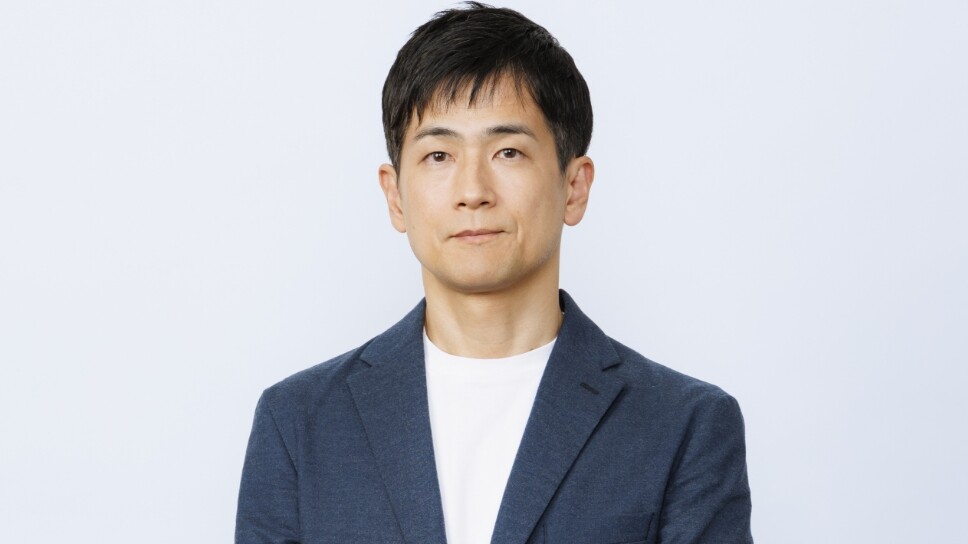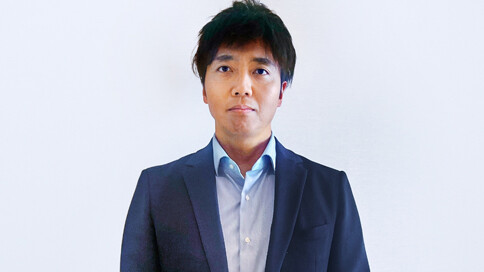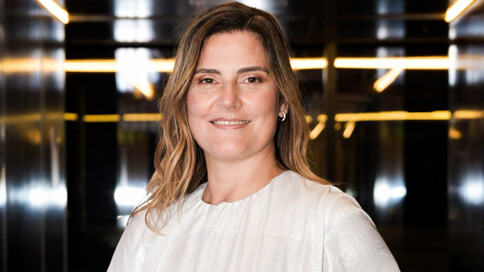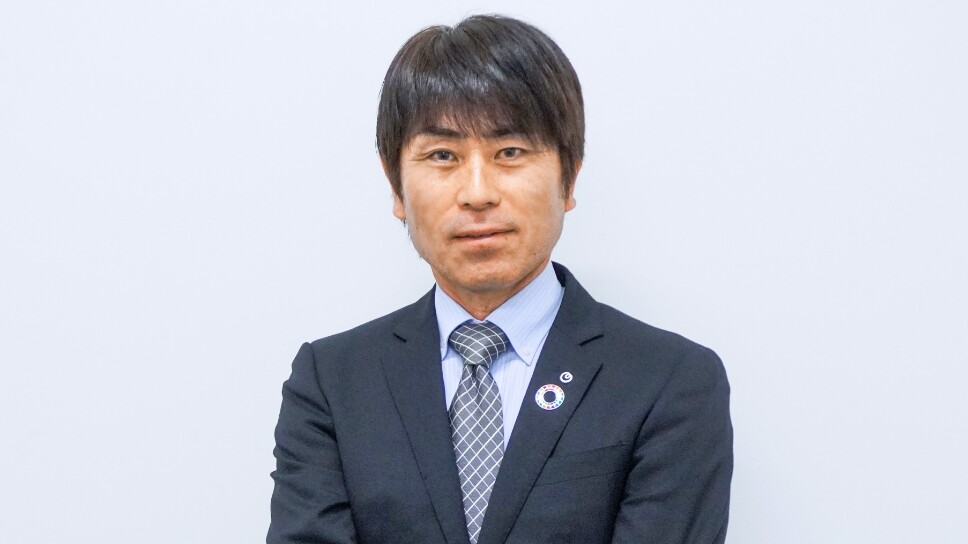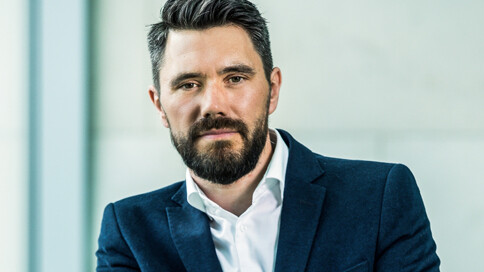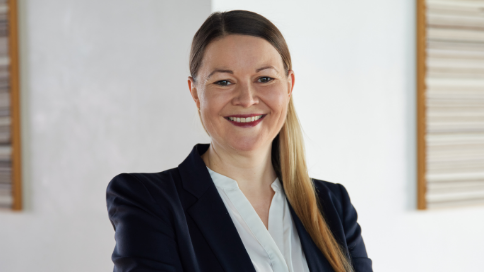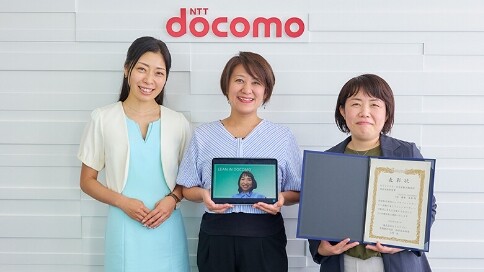Microsoft ends support for Internet Explorer on June 16, 2022.
We recommend using one of the browsers listed below.
- Microsoft Edge(Latest version)
- Mozilla Firefox(Latest version)
- Google Chrome(Latest version)
- Apple Safari(Latest version)
Please contact your browser provider for download and installation instructions.
NTT's Sustainability Efforts
Developing new technologies for saving the increase in power consumption due to greater data transmission volume
Nippon Telegraph and Telephone Corporation Network Innovation Center (At the time of interview)
Yoshihito Ito

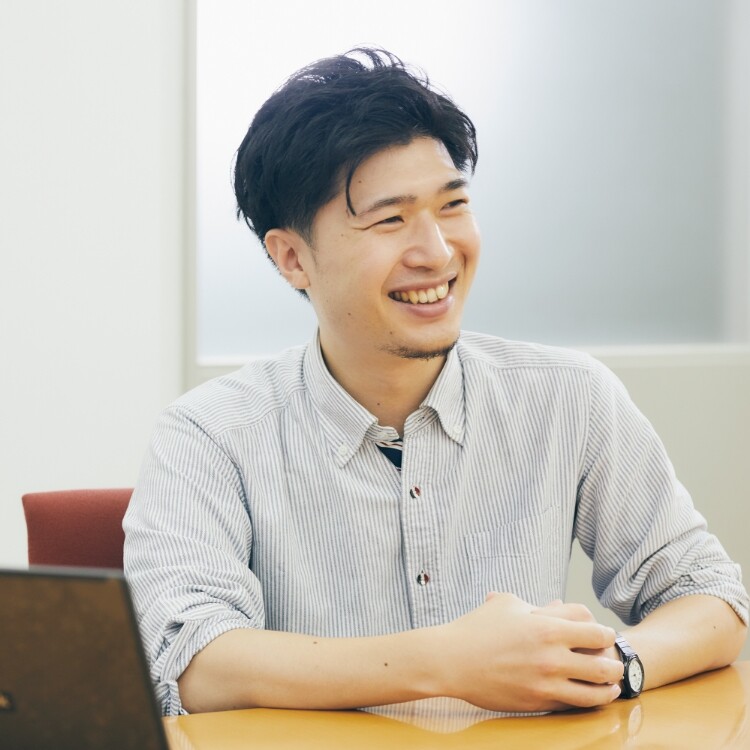
The NTT Group accounts for "1%" of Japan's total power consumption
Our lifestyles have become so much more convenient with the countless devices connected to networks--yet did you know that the increase in the volume of data transmission is actually leading to a new problem? The issue is related to the increase in power consumption.
The amount of electricity used by data centers, which house servers and network equipment required for communications, rises with the increase in data transmission volume. According to calculations by the Japan Science and Technology Agency's Center for Low Carbon Society Strategy, global power consumption of data centers is estimated to soar to 15-times that of current levels by 2030, assuming the current level of server performance.
"The NTT Group owns a large number of data centers around the country that make up its communications infrastructure. Just picture how you use your own computer or smartphone--the amount of data we all use is growing year by year. If server energy efficiency remains at the same level as it is currently, the amount of power used by data centers will also continue to rise.
The amount of annual power consumption by the NTT Group is said to be some 1% of the total power consumption throughout all of Japan, and data centers use a significant ratio of this amount." (comment from Yoshihito Ito also follows below)
As everyone knows, power supply and CO2 emissions are closely related. With the world ramping up efforts towards decarbonization, the NTT Group is aiming to achieve carbon neutrality by the year 2040. Mr. Ito of NTT's Network Innovation Center is currently involved in development of technologies aimed at reducing power consumption of data centers.
"I originally joined NTT because I wanted to be involved in work that makes a positive impact on society. I wanted to be part of an ideal type of society by being involved in the services that are used by countless people. Reducing the amount of power used by the NTT Group's data centers will make a significant impact on the global environment. It is for this very reason that I have a high level of motivation in being part in this project."
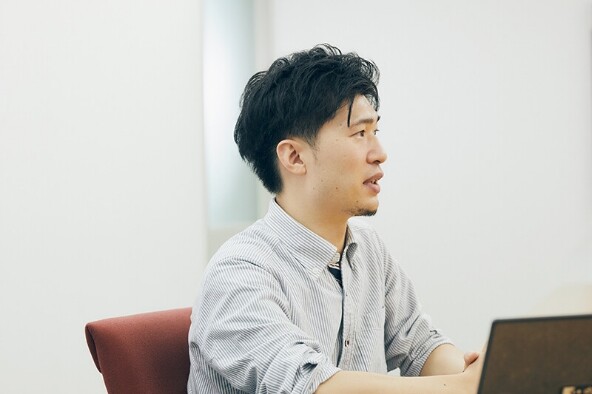
Using software to achieve energy savings at data centers
To achieve a greater level of energy conservation at data centers, Mr. Ito is involved in the development of PADAC, short for Power-Aware Dynamic Allocation Controllers.
"PADAC is a type of technology that helps to conserve energy use by employing software to control server resources at data centers. A simple way to illustrates this is that servers are much like any other household appliance--the newer it is, the more energy efficient. In the past, half of the servers were modern units operating alongside old servers, but using each type for different purposes depending on particular usage situations is likely to bring energy savings. Actual conditions are naturally more complex, so this technology aims to control them using software to achieve the best balance of each parameter like compatibility between devices and applications, temperature, and utilization rate."
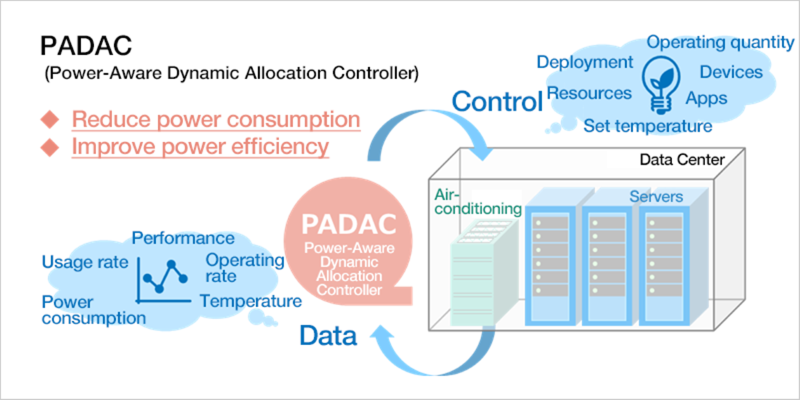 Illustration of PADAC
Illustration of PADAC
It has been around two years since the PADAC project was launched with the aim of developing technology to make data centers more energy efficient. Mr. Ito was assigned to the project around a year after it was launched. At the time, there had been no real technical progress on the way to achieve PADAC. Mr. Ito was put in charge of blending the different types of technologies being studied with the project, to form a single cohesive system.
"Our first step was to gather all the technical theories available from throughout the company and examine them closely. Yet things are not likely to proceed smoothly if each project member were to simply bring together the type of technologies they want, even if they featured the same topic of "software for controlling server resources." Coordinating all these factors in a logical manner without losing sight of the core objective was the most difficult task."
There were often times when the opinions of research colleagues clashed. Yet the project still went smoothly owing to the common culture that all NTT researchers possess.
"A key trait of NTT's laboratories is that researchers base their opinions firmly on science. This may seem obvious, but it is a very important point to note. This means that no matter who you are talking to, you can have a true one-on-one discussion with any researcher here. If a supervisor suggests doing something a particular way, it is perfectly acceptable to say: 'I don't think so.'"
After much discussion and trial and error, they managed to come up with a pattern capable of controlling server resources at a high level of power efficiency. Right now the team is finalizing the technology they have developed by filing patents and writing papers, and also moving ahead with running a prototype as a proof-of-concept model.
"Technology developed at the research center has no real social significance unless it is actually put to use. I hope to work with various NTT Group companies and outside affiliates to see PADAC in action in numerous situations in the future as a way of contributing to carbon neutrality."
Developing a new communication platform that will be used extensively
The NTT Group is moving forward with developing the Innovative Optical and Wireless Network (IOWN) concept by the year 2030. One of the key technical fields is the "All-Photonics Network" for significantly increasing the information processing infrastructure potential. This technology can achieve a 100-fold increase in energy efficiency by using photonics-based (optical) technology for all transmissions across networks to devices, while also transmitting and processing a 125-fold increase in transmission capacity with low latency. The technology that Mr. Ito is involved in developing is one of those anticipated to play a core role for this IOWN concept.
"Even if data can be transmitted using the optical technology of the All-Photonics Network, that data still needs to be processed by the receiving data center. I am working on establishing the future direction of this technology, so that it can not only be used at existing data centers, but so that it can also deliver results at new data centers that operate with optical technology as part of the IOWN concept.
The aim of the IOWN concept is to become a new communication platform that exceeds the limits of existing communications infrastructure. By playing a role in advancing the underlying technology, Mr. Ito is getting closer and closer to his goal of "making a positive impact on society" that he set out to achieve when he first joined the NTT Group.
* Refer to the following for more details on the "All-Photonics Network."
When my child was born, the future global environment became a "personal issue" for me
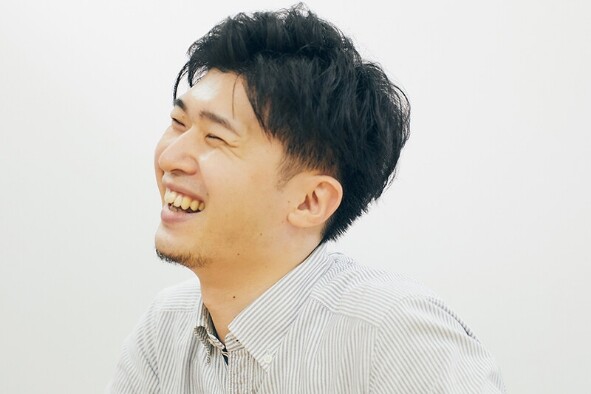
Working at laboratories involves researching and developing technology that takes many years to come to fruition. Research and development related to the global environment can take even longer, and there are few opportunities for researchers to gain a sense of the connection between their own work and how it affects society. Yet something happened with Mr. Ito's circumstances recently that ended up changing his mind.
"We recently had a baby. In the past, I was of the view that my relation with society would come to an end when I die. Yet the moment my child came into the world, I quickly realized that my responsibility toward society will continue for so much longer--my children's lives and even my grandchildren's lives. I was even surprised myself by this level of change. The global environment of the future is no longer an issue for others to address, and now I definitely feel the need to protect the environment that my children, and their children, will live in. I am not sure how much impact the technology that I am working on will have on the global environment, but I hope to make a positive difference so my children can live better lives by the time I am looking at retirement."
Sustainability
NTT STORY
WEB media that thinks about the future with NTT



